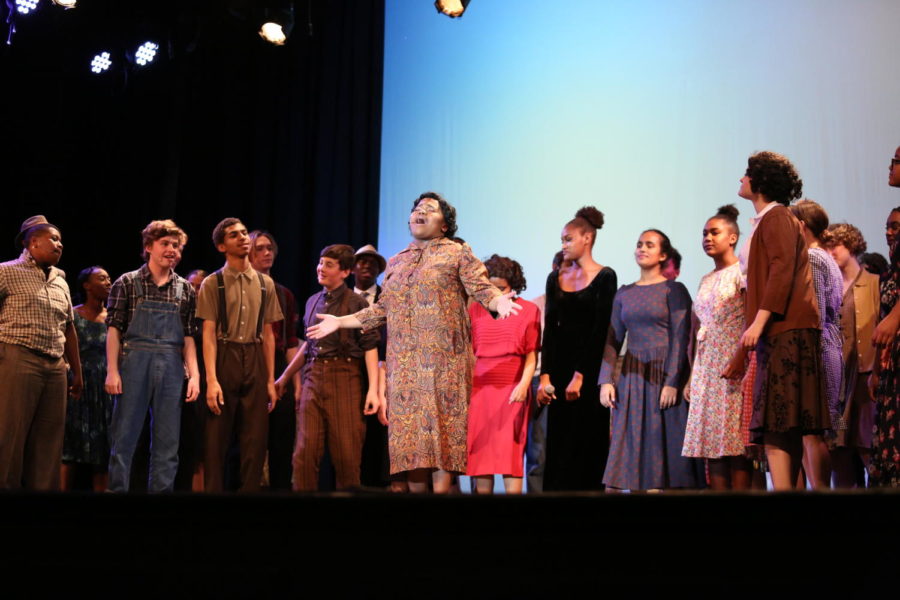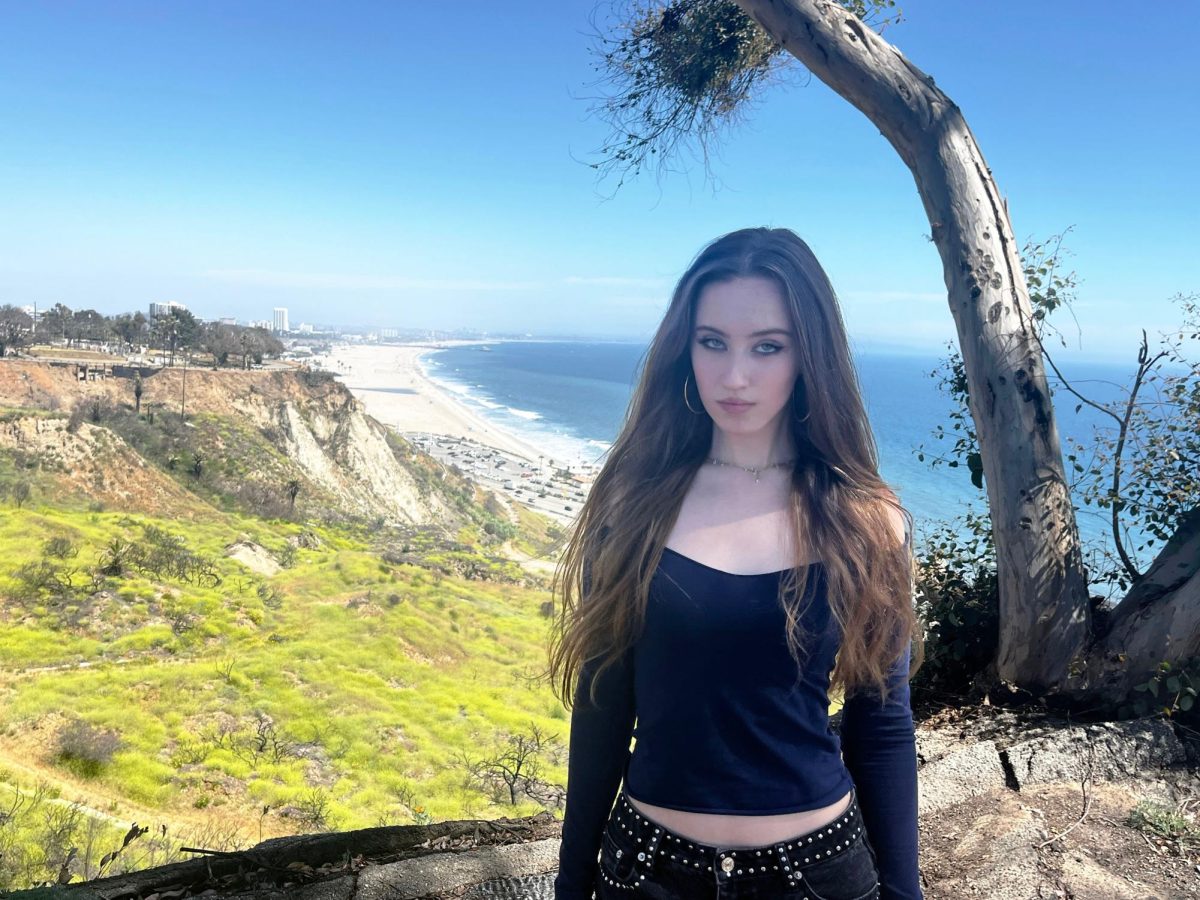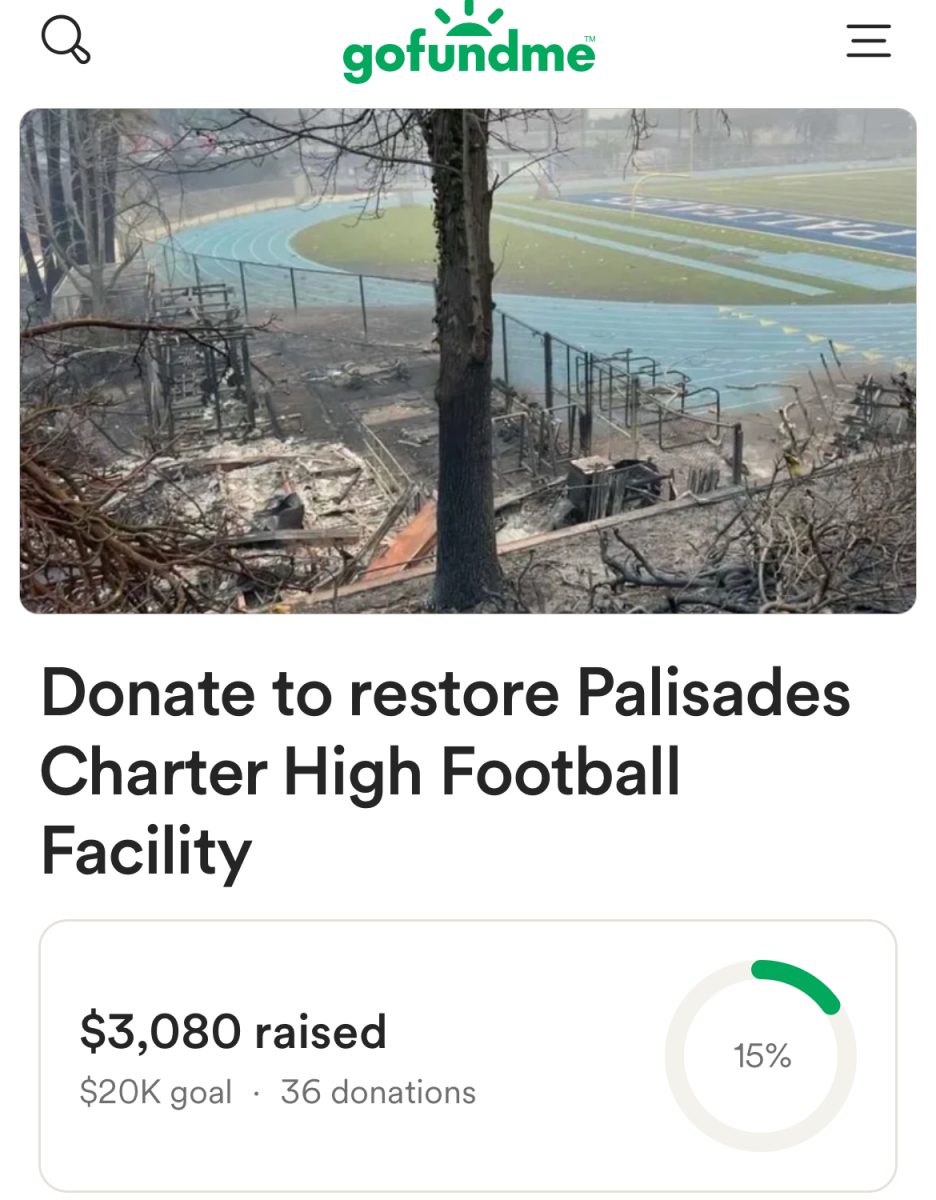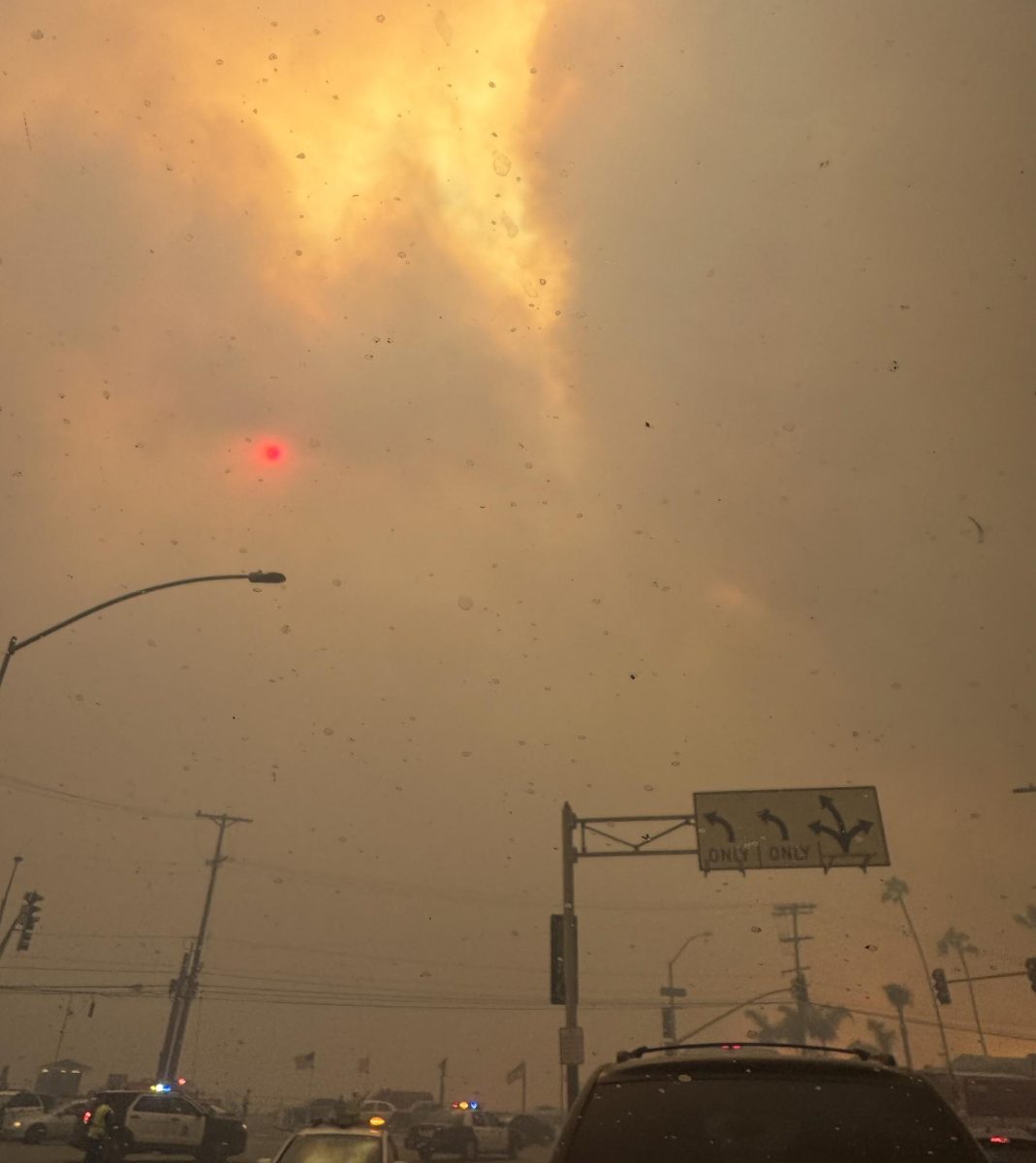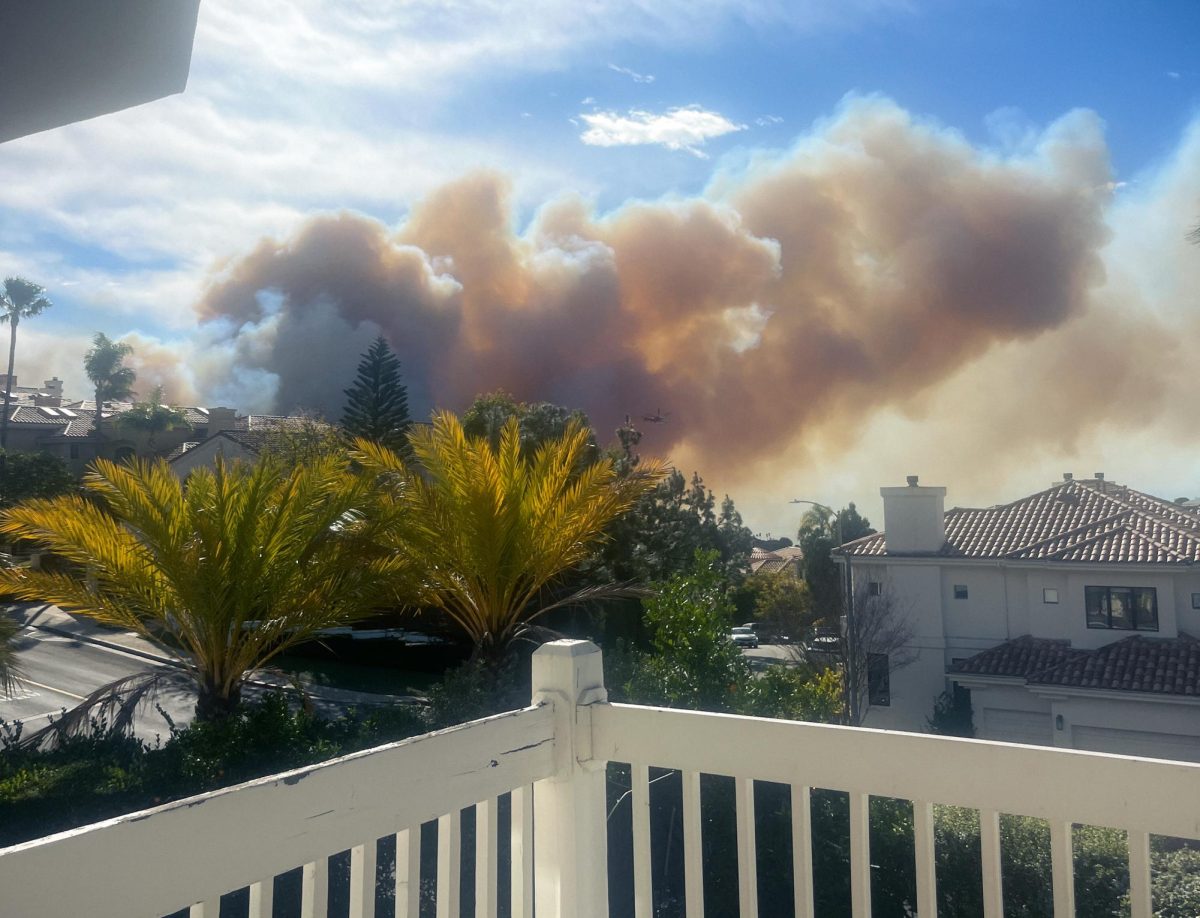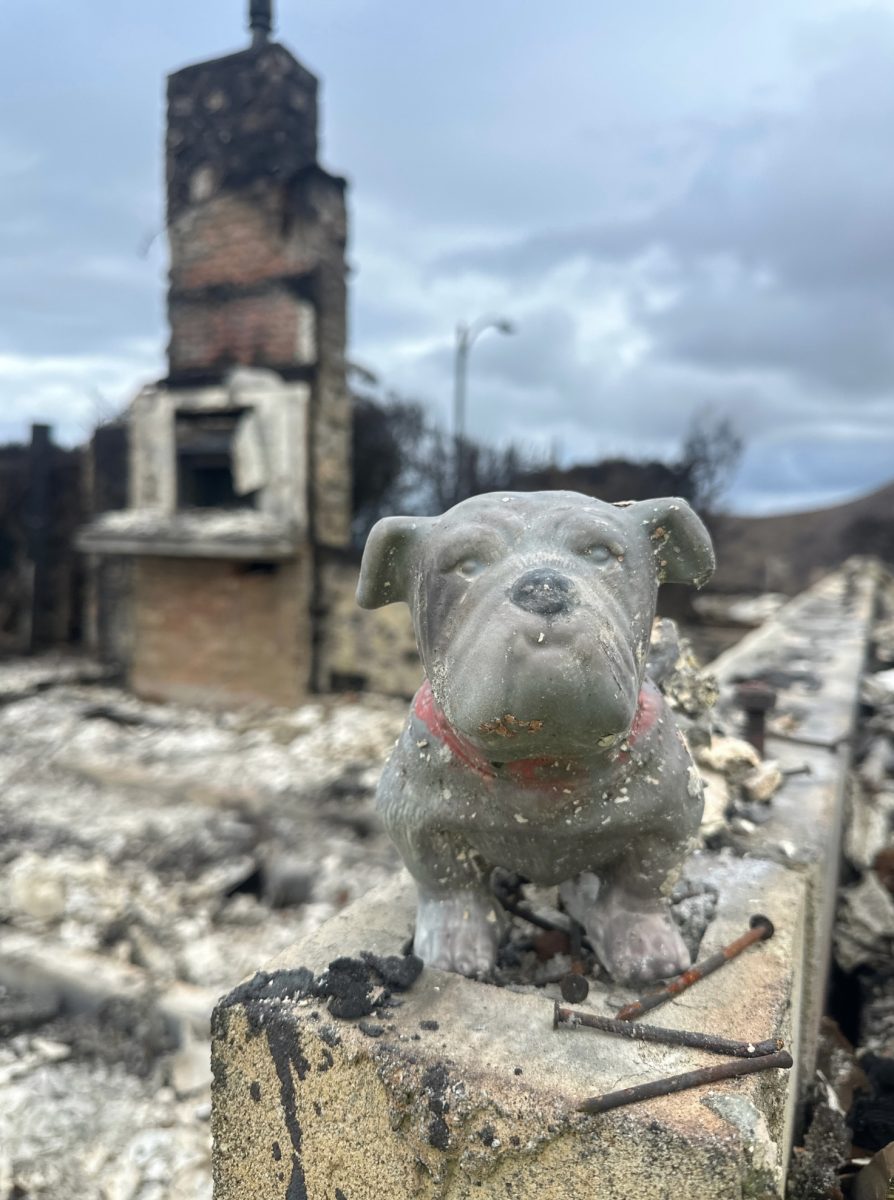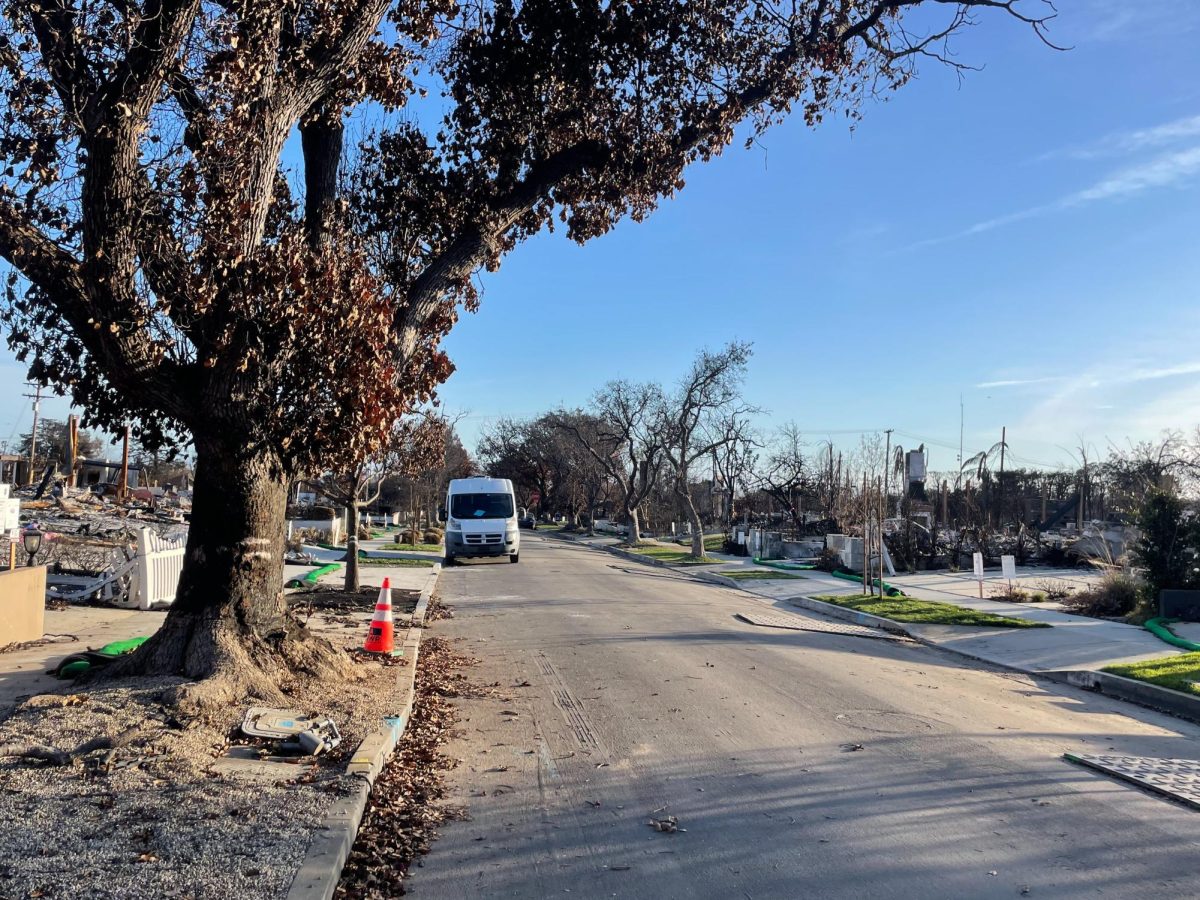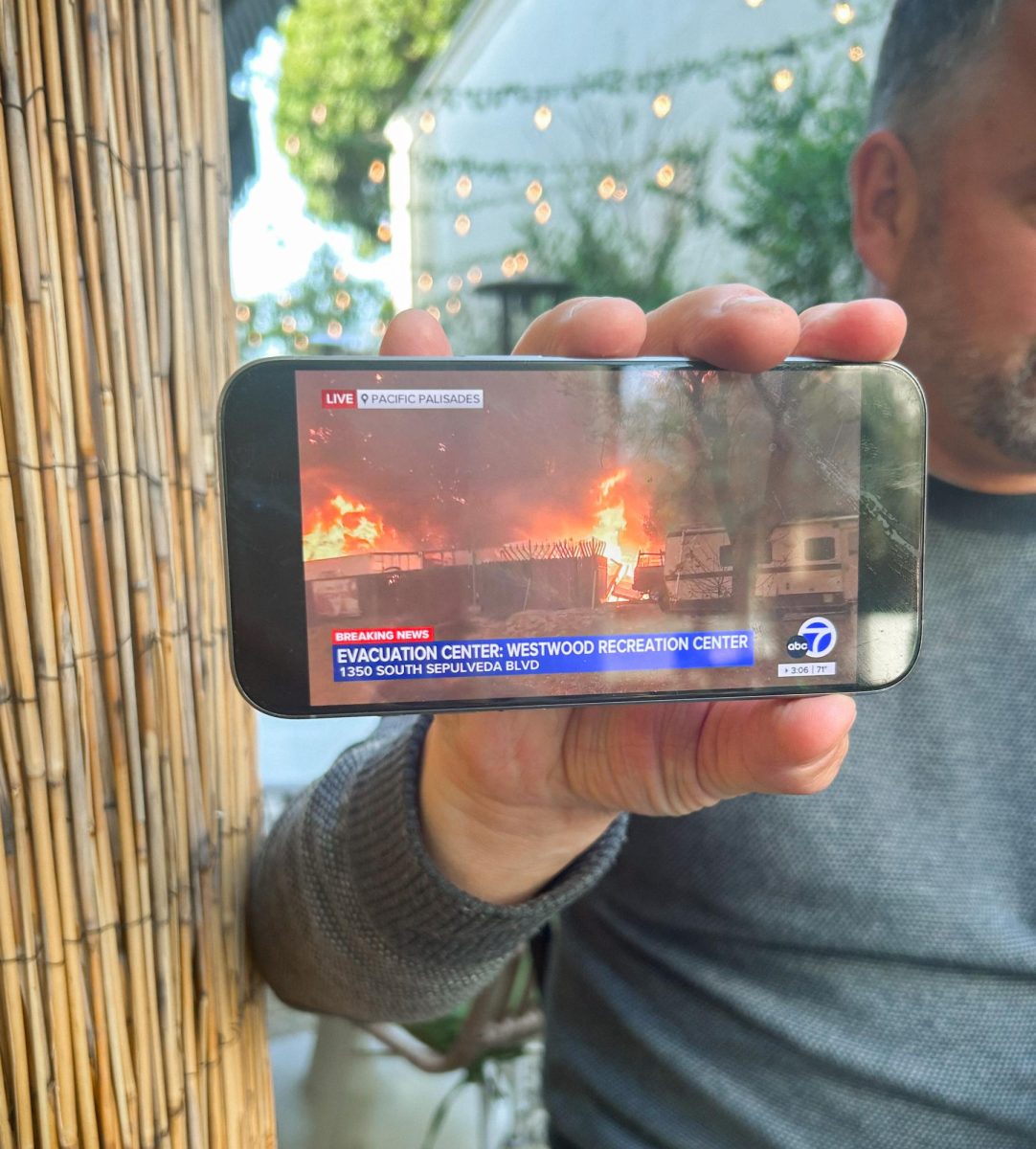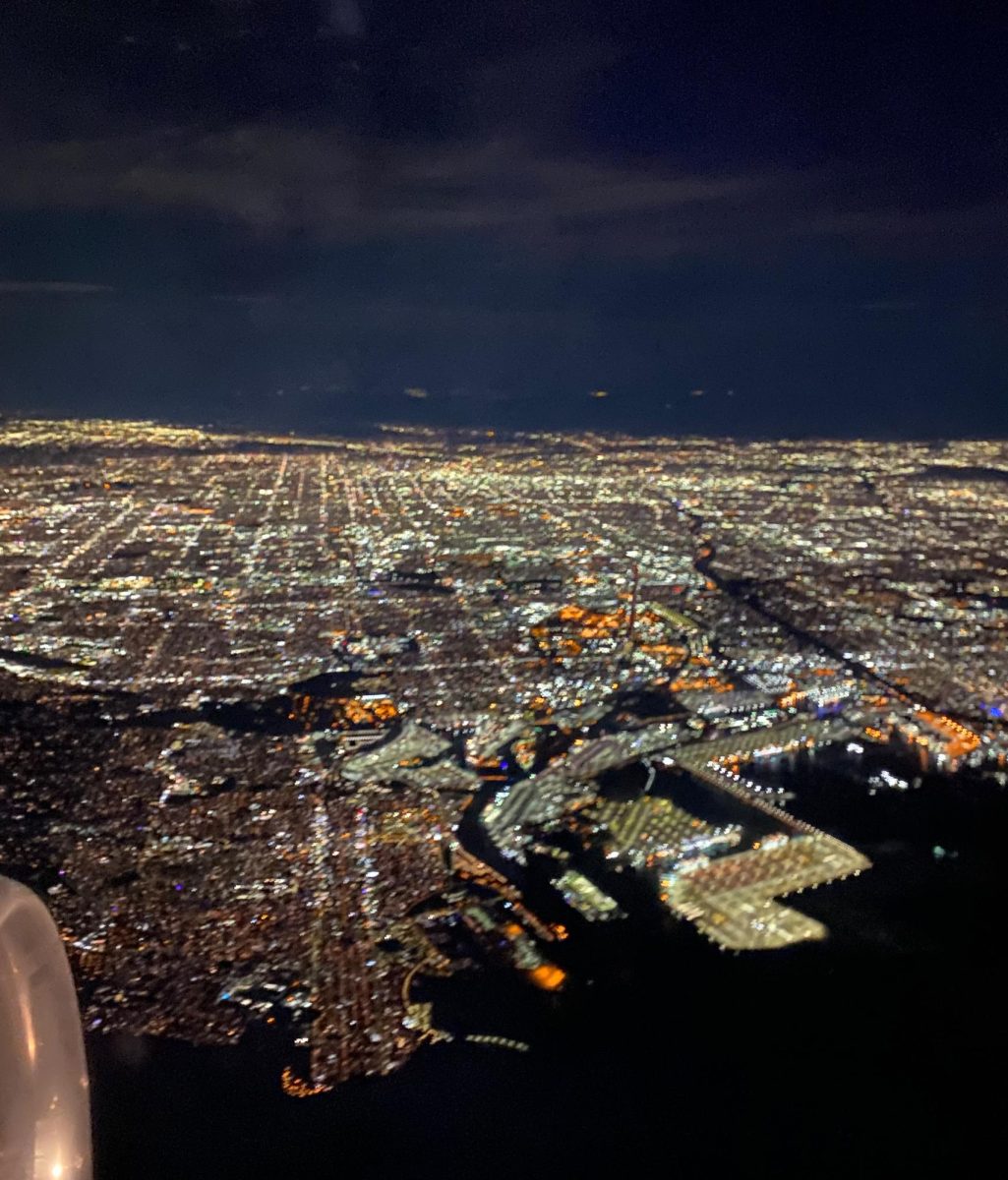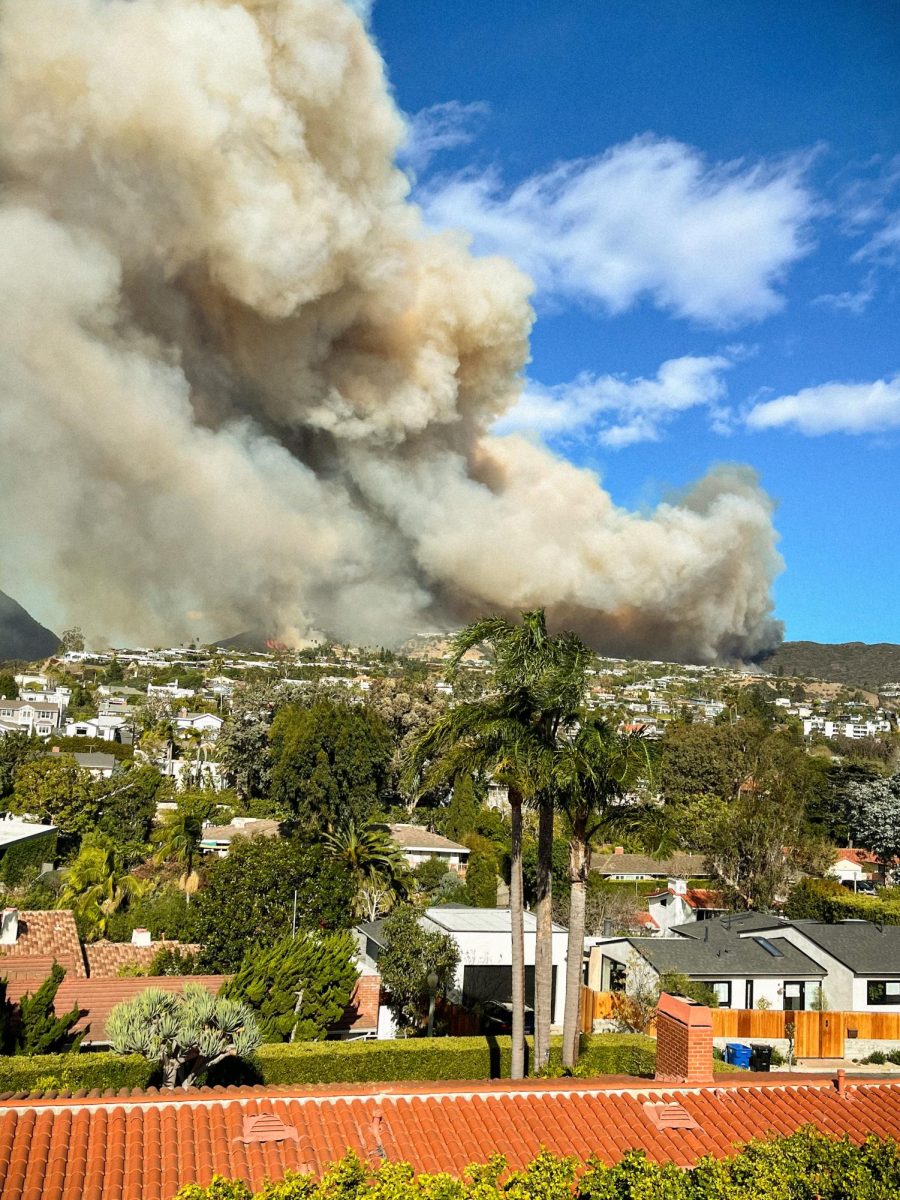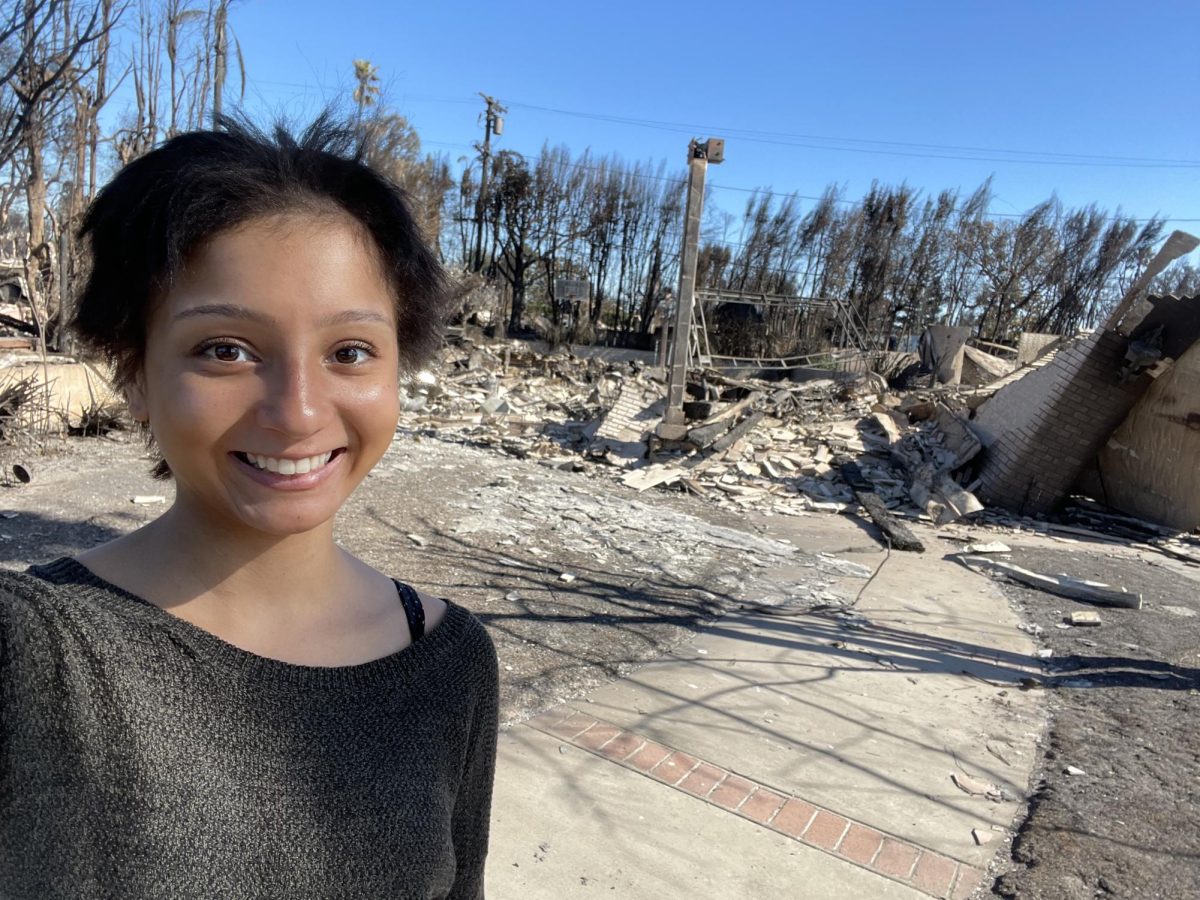Black Student Union presents “Black Wall Street”
March 15, 2019
Pali’s Black Student Union’s annual showcase, which was held on Feb. 1-2, cast a spotlight on a forgotten racial atrocity, just in time to honor the arrival of Black History Month.
The performance was an adaptation of Hannibal E. Johnson’s book, “Black Wall Street,” which revolves around a flourishing black community in Tulsa, Okla., and its destruction in the 1920s.
Tulsa’s Greenwood district was a symbol of black prosperity in a time when many African Americans were denied basic civil rights. In the spring of 1921, a false allegation of sexual assault against a 17-year-old black shoe shiner led to a catastrophic race riot. Over two days, more than 30 square blocks were burned and several hundred African Americans were killed in the streets. Its high death toll made the Greenwood racial attack the most deadly in the history of the United States.
“Planes flew over [Greenwood District] dropping kerosene bombs after the KKK, law Enforcement, and White Tulsans went into their homes and took all of their belongings…,” BSU advisor and showcase producer Kinema Ivra said of the attacks. “The media reports 300 died, but it was actually thousands.”
Despite the event’s historical significance, it still remains shrouded in obscurity. “Black Wall Street is one of America’s best kept secrets,” Kinema Ivra said. “It was hidden from textbooks and oral history for decades.”
Senior Shelbe Zanders, a director and actress in the play, voiced her outrage on the situation, stating, “How can something this extreme and significant to black history and history in general be hidden for this long?”
Senior and BSU President Robert Peters shared why he and other students chose to tell this particular story. “We wanted to bring this story to light and show the goodness black people can bring,” Peters said. He described the process of approval as a fairly smooth one. “We went in front of our board and the leaders of BSU, and I explained the idea and the cost that it could have,” he recalled. “We all voted on it, and it was a solid pass.”
Following the play’s approval, Peters, Zanders and junior Kamari Ivra, adapted aspects of Johnson’s work into something that could be performed as a play. They also directed the show.
“Students will be more open to seeing it live than reading about it in a book or having a lesson on it. This just brings it to life,” Peters said.
Auditions for the roles occurred on Jan. 16 and Jan. 17, ranging from scenes in “Lee Daniels’ The Butler” to dance interpretations of Maya Angelou’s poem “Still I Rise.” Auditions were not limited to students in BSU; many outside the club participated in the process.
After roles were set, the cast and crew rehearsed for three weeks under the direction of the three playwrights. Senior Rain Chichester choreographed the show’s dances.
In spite of the tight production schedule, the show was a success. “I couldn’t have picked a better group of people to work with,” Zanders said. “The show really turned out to be something very special.”
In performing their showcase, BSU’s intentions were to leave a lasting imprint on the student body through education and the arts. Peters went even further as to state that his ultimate wish was for the showcase to directly transform student life on campus. “I hope that [student] perceptions [are] broadened,” he remarked. “I hope their circles of friends change just because of this — because they’re more interested in black culture and black history.”
In addition to the play’s poignancy in and of itself, the showcase held a heightened significance due to the fact that it took place during Black History Month. “We believe in remembering our past and paying tribute to the ones that paved the way for us,” Kinema Ivra stated. “By remembering and acknowledging the wrong that was done, we can prevent such a thing from happening again.”


